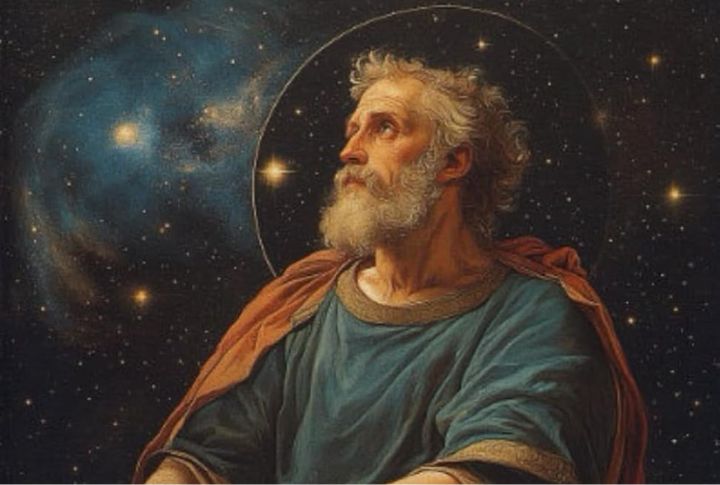
Most people have never heard of the Valentinians. Hidden in the corners of early Christian history, this group blended mysticism and theology into something radically different. As debates about salvation and scripture took shape, the Valentinians quietly offered their own take. Let’s explore who they were and why they still spark curiosity today.
Valentinus

Valentinus once stood close to becoming the bishop of Rome, yet his teachings reached beyond titles. He spoke of a cosmos shaped by hidden mysteries and a Christ who revealed secret truths. Such revelations, he claimed, came from the Apostle Paul—the early Christian missionary who passed down wisdom meant for the spiritually mature.
Aeons And The Fullness Beyond
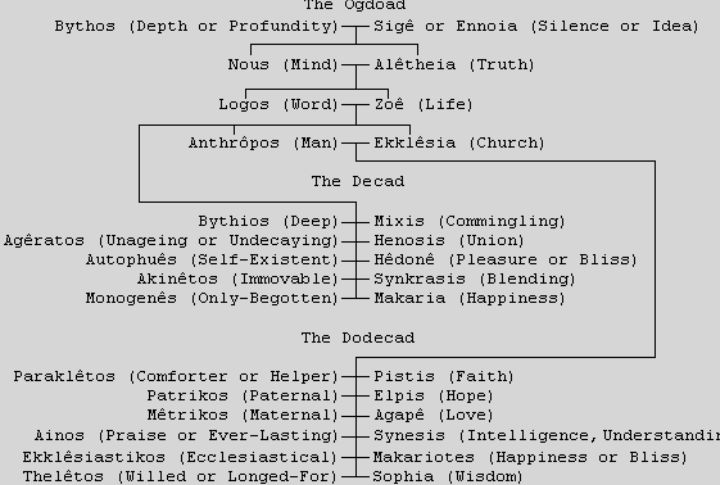
Valentinians saw no single image of God. Instead, the divine dwelled in the Pleroma, where Aeons flowed from an unseen Source like rays of light. Sophia, the youngest Aeon, reached beyond her bounds. The longing broke the balance. Her fall rippled outward, and from it, the flawed material world was born.
Jesus And The Divine Blueprint
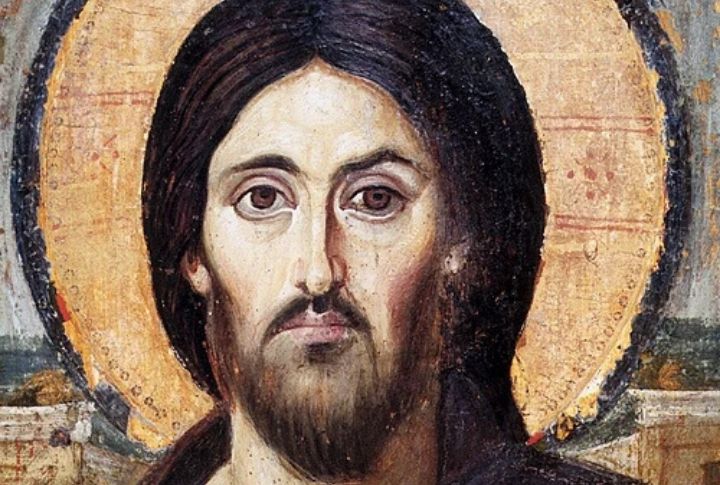
There was more to Jesus than the world believed. The Valentinians saw Christ not as a suffering servant, but as a healer from the Pleroma. His mission was to repair what Sophia’s fall had fractured. He was Anthropos, the pattern of divine humanity. Salvation was awakening to what’s already there.
The Bridal Chamber Within

What happens when ritual becomes real? The sacraments weren’t empty gestures. Baptism, chrism, and the bridal chamber were about reunion: soul with spirit, self with the divine. These were inner acts dressed in outer form. Each one marked a step inward, toward the hidden room where the divine spark waits.
The Gospel That Whispers Truth
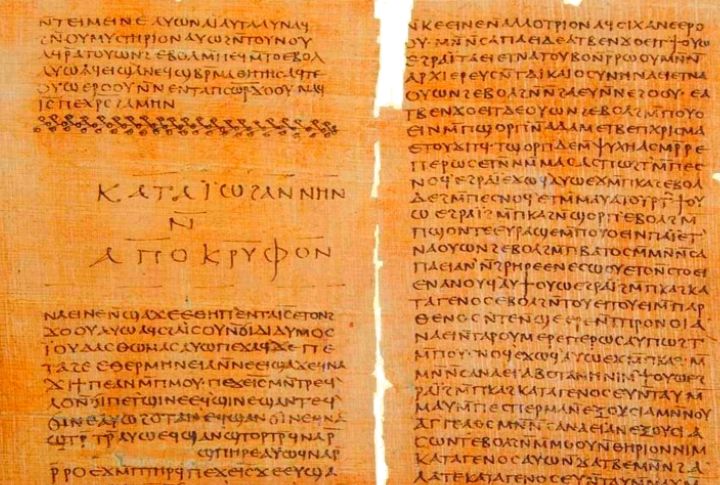
Unearthed at Nag Hammadi, “The Gospel of Truth” offers not condemnation but a poetic call to remembrance. It turns from wrath and sacrifice toward revelation, urging the soul to awaken. In the Valentinian view, Christ holds up a mirror to help the soul remember its divine origin.
Three Kinds Of Humanity

The Valentinians saw three types of people: material, psychic, and spiritual. Only the spiritual ones awaken fully, yet even the psychic may rise partway. The material was bound to the world’s illusions. This was a way of understanding why some hear the truth and others turn away.
Paul’s Silent Wisdom
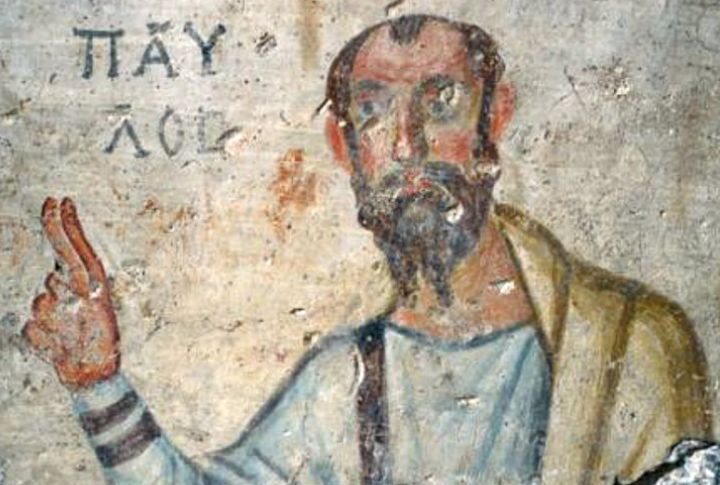
According to those who remembered, Paul kept certain truths for the few who were ready. In hushed gatherings, he passed along insights that never reached parchment. The Valentinians held onto those whispered moments to interpret his letters through a spiritual lens.
Heracleon
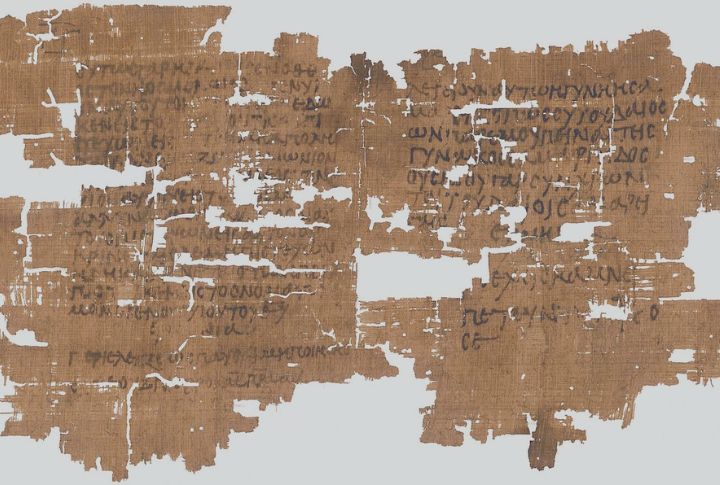
Heracleon was one of the earliest known commentators on the New Testament and a prominent Valentinian teacher. He wrote detailed interpretations of the Gospel of John. Though later denounced by orthodox leaders, his work influenced early Christian exegesis and preserved key Valentinian ideas.
Ideas That Echoed Through Rome

Though never dominant, Valentinian ideas threaded their way into the fabric of early Christianity, quietly influencing theological disputes in cities like Rome and Alexandria. Their teachings on divine emanations and hidden wisdom sparked both fascination and fear. Suppressed by critics like Irenaeus, they nevertheless survived.
Light Beneath The Ruins

Centuries after they were silenced, Valentinian texts long thought lost resurfaced. In 1945, a collection of these texts was discovered in the Egyptian desert at Nag Hammadi. Their ideas resurfaced, still raising the same question: has the divine always been present within us?

